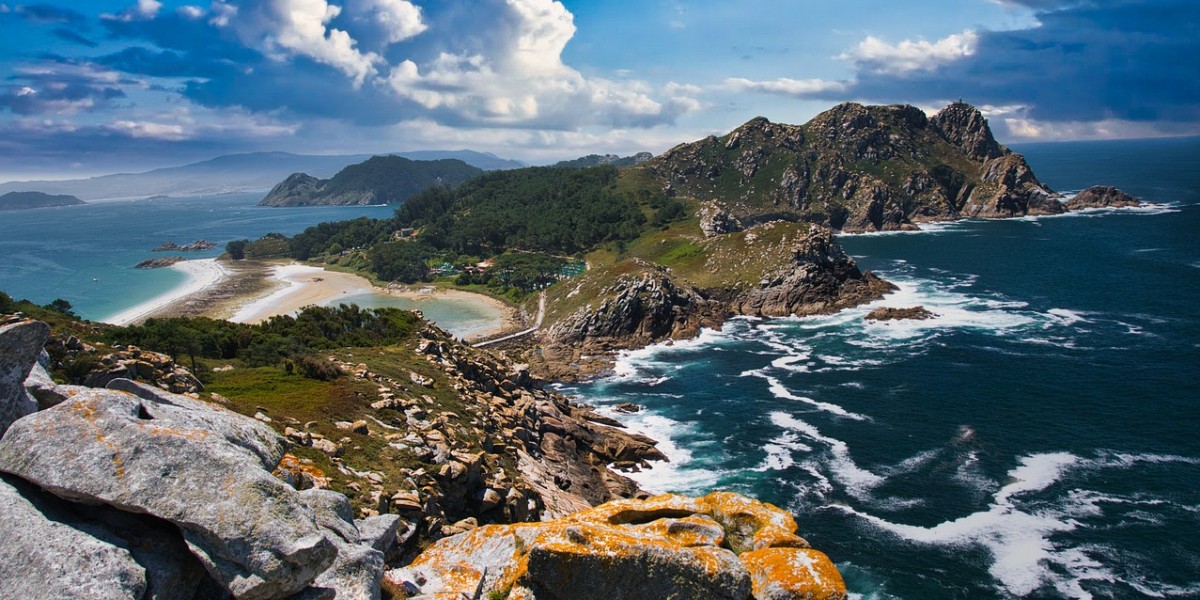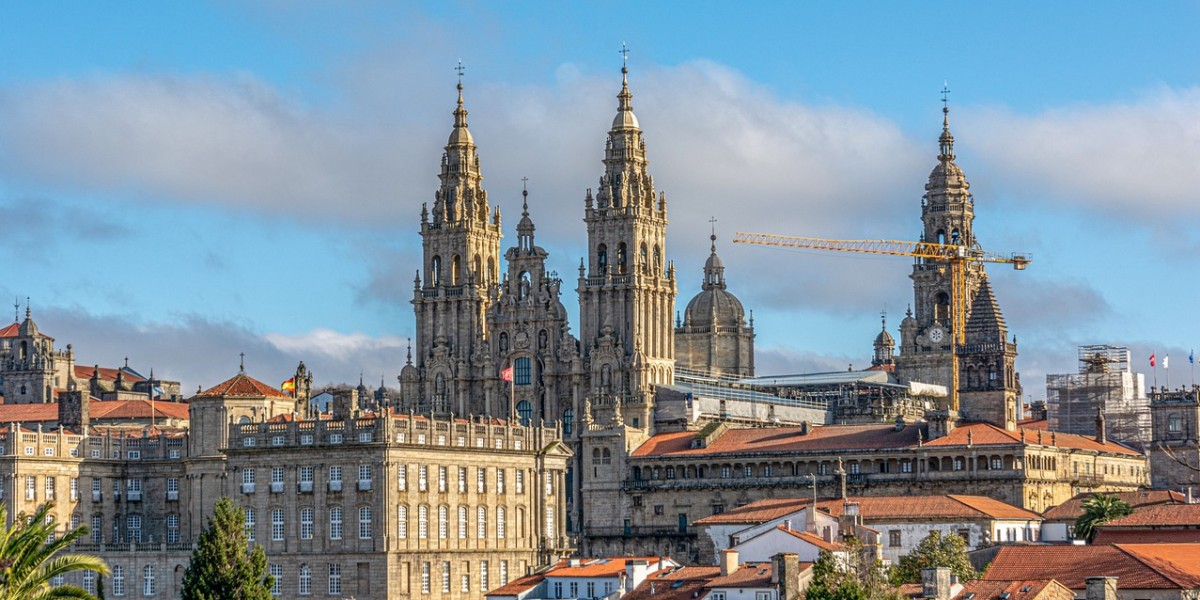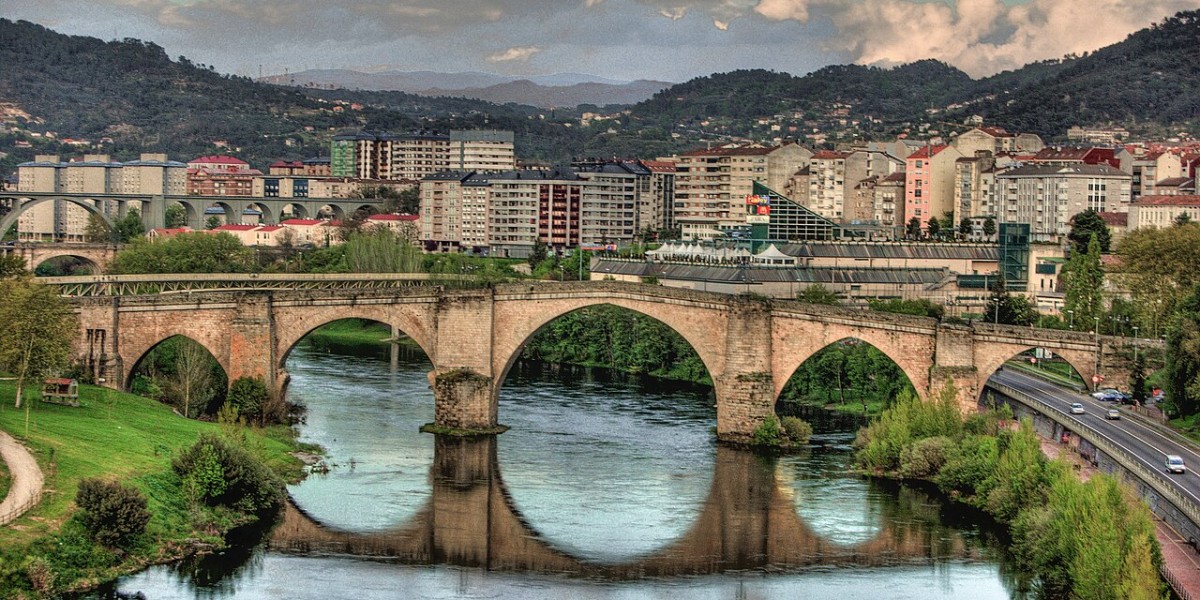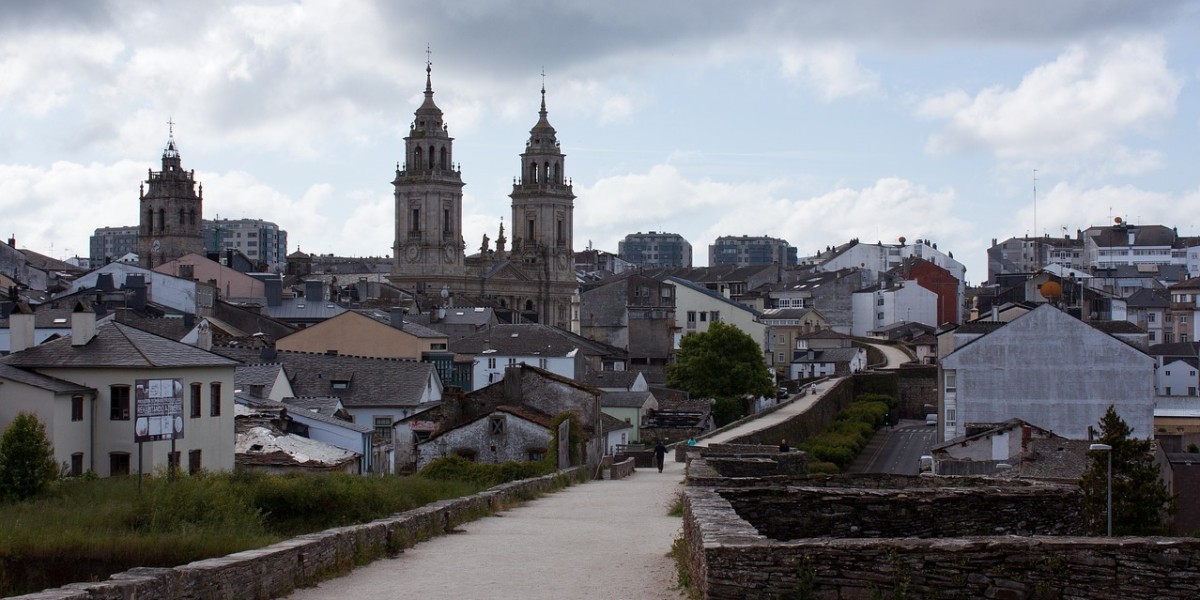
Galicia, located in the northwest of the Iberian Peninsula, is an autonomous community renowned for its rich cultural heritage and stunning landscapes. With a history spanning centuries, it has been the backdrop to countless events that have shaped its unique identity.
The territorial organisation of Galicia is divided into provinces, each with its own distinct characteristics that reflect the region's diversity. Discover Galicia's provinces and other key aspects of this fascinating region.
How many provinces are in Galicia?
Galicia is made up of four provinces, each with its own capital and unique characteristics. Geographically, the most important city in Galicia is Santiago de Compostela, the capital of the autonomous community, although it is not a provincial capital. These are Galicia's four provinces:
- A Coruña: With the capital in A Coruña.
- Lugo: With the capital in Lugo.
- Ourense: With the capital in Ourense.
- Pontevedra: With the capital in Pontevedra.

What were Galicia's seven provinces?
In the 16th century, Galicia was organised into seven provinces, reflecting the ecclesiastical and judicial divisions of the time, with a certain degree of autonomy. These provinces were Santiago, Betanzos, A Coruña, Lugo, Mondoñedo, Ourense and Tui. Each had its own institutions and functioned as a separate administrative unit.
However, in 1833, the territorial reform of Javier de Burgos reorganised Galicia into the four provinces we know today: A Coruña, Lugo, Ourense and Pontevedra. This new division aimed to centralise administration across Spain, leaving the seven historical provinces as part of Galicia's cultural heritage and historical memory.

What is the largest province in Galicia?
In terms of territorial size, the largest province in Galicia is Lugo. Spanning over 9,800 square kilometres, Lugo encompasses vast rural areas, mountains, and coastlines, offering a remarkable geographical diversity. Following Lugo in size are Ourense, A Coruña, and the smallest, Pontevedra.
In terms of population, A Coruña is the most populous province in Galicia. With more than one million inhabitants, it is home to a significant portion of the region's economic and cultural activity, centred around the provincial capital, A Coruña, and the autonomous capital, Santiago de Compostela. This is followed by Pontevedra (approximately 950,000 inhabitants), Lugo (around 326,000 inhabitants) and Ourense (305,000 inhabitants).

What are Galicia's counties?
Galicia, with its rich cultural and geographical diversity, is also organised into comarcas (or counties), making it one of only five autonomous communities in Spain with this official territorial division. These smaller subdivisions reflect the variety of landscapes, traditions and local identities across the region. Below are the 53 comarcas by province.
- A Coruña: A Barcala, A Coruña, Arzúa, Barbanza, Betanzos, Bergantiños, Eume, Ferrol, Fisterra, Muros, Noia, Ordes, Ortegal, Santiago, Sar, Terra de Melide, Terra de Soneira and Xallas.
- Lugo: A Mariña Central, A Mariña Occidental, A Mariña Oriental, Ancares, Chantada, Fonsagrada, Lugo, Meira, Quiroga, Sarria, Terra Chá, Terra de Lemos and Ulloa.
- Ourense: A Baixa Limia, A Limia, Allariz-Maceda, O Carballiño, O Ribeiro, Ourense, Terra de Caldelas, Terra de Celanova, Terra de Trives, Valdeorras, Verín and Viana.
- Pontevedra: Baixo Miño, Caldas, Condado, Deza, O Morrazo, O Salnés, Paradanta, Pontevedra, Tabeirós-Terra de Montes and Vigo.
